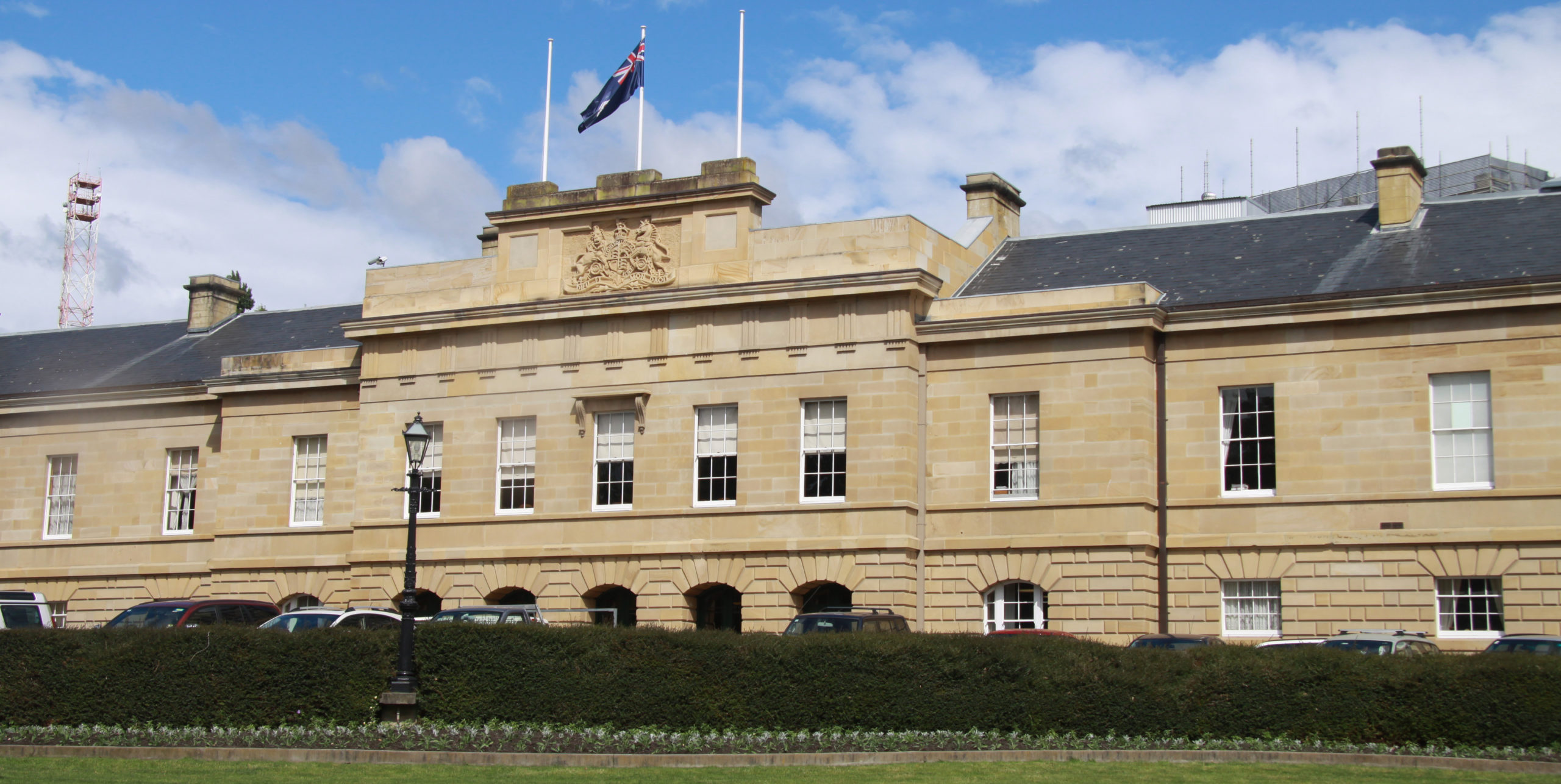In announcing Australia’s support for fossil gas all the way to 2050 and beyond, Prime Minister Anthony Albanese his government’s commitment to net zero even further out of reach.
Author
Bill Hare
Adjunct Professor of Energy, Murdoch University
When we published our analysis in December on , a global assessment of government climate action, we warned Australia was its net zero target, and rated its efforts as “poor.”
That’s because Australia’s long-term emissions reduction plan – released under the Morrison Coalition government and not yet revised by the Albanese Labor government – resorts to unrealistic technological fixes and emissions offsets.
But it’s also because Labor’s legislated target of a 43% emission cut by 2030 is not aligned with a 1.5°C pathway to net zero by 2050. now we need around a 70% reduction in net emissions – including the land use, land-use change and forestry sector – by 2030 to put Australia on track to net zero by 2050.
Why is this? Emissions from fossil fuel use, industry, agriculture and waste (for brevity, fossil fuel and industry) are the main driver of global warming. show these emissions (excluding land use) need about below 2005 levels by 2030 to be on path to net zero by 2050.
But when we take the government’s projections for how much carbon the land use sector will soak up by 2030 into account, the cuts required for fossil fuel and industry emissions are even sharper: around a emissions by 2030 to give us any chance of reaching net zero by 2050.
Policies designed to increase gas use and production for domestic use and export will make this harder still. Emissions from gas in Australia, including domestic use and the emissions from liquefying natural gas so it can be exported as LNG totalled about in 2022. Processing gas into LNG accounted for about .
Gas cannot be green
Since our assessment, several huge gas projects have moved forward, including the carbon-intensive and the development of the to supply gas for domestic use in the Northern Territory and .
These projects will add between to Australia’s emissions, depending upon the scale of development. Our LNG export industry is by far the largest user of gas, accounting for 84% of .
Despite what Madeleine King, the , might say, fossil gas is not a “transition fuel”.
In the last decade it was the leading driver of the global increase in carbon dioxide emissions, contributing to . In Australia coal and oil domestic emissions fell over the last decade but gas emissions increased by at least 16%.
At present, the only really effective climate action in the Australian economy is the decarbonisation of the power sector. By 2023, had reached around 37% of generation.
The states are responsible for the majority of this action, with the of Western Australia. While the latest federal budget spent on long-overdue climate measures such as green hydrogen, it’s s.
The government has allocated $22.7 billion over the next decade to the new “” policy, which is significant but outweighed by the $14.5 billion per year spent subsidising fossil fuel use.
The policy’s main incentive for hydrogen production is $6.7 billion over ten years, which does not start until 2027-28.
A paucity of policies
In March last year, the Labor government passed its flagship climate policy, the revised Safeguard Mechanism, which it claimed would address industry emissions, including gas production.
But by allowing almost unlimited offsets, this mechanism in fact enables more LNG , with gas producers the mechanism will not change their plans.
And it hasn’t.
A clear example is the NT government’s recent with Tamboran Resources to take gas from the fracking of the Beetaloo basin.
Tamboran is also planning a massive new LNG export facility in Darwin at Middle Arm Point. Not only is this unimpeded by the safeguard mechanism, the federal government intends to support the Middle Arm hub with . If this plant goes ahead at the scale Tamboran proposes, it would produce emissions








